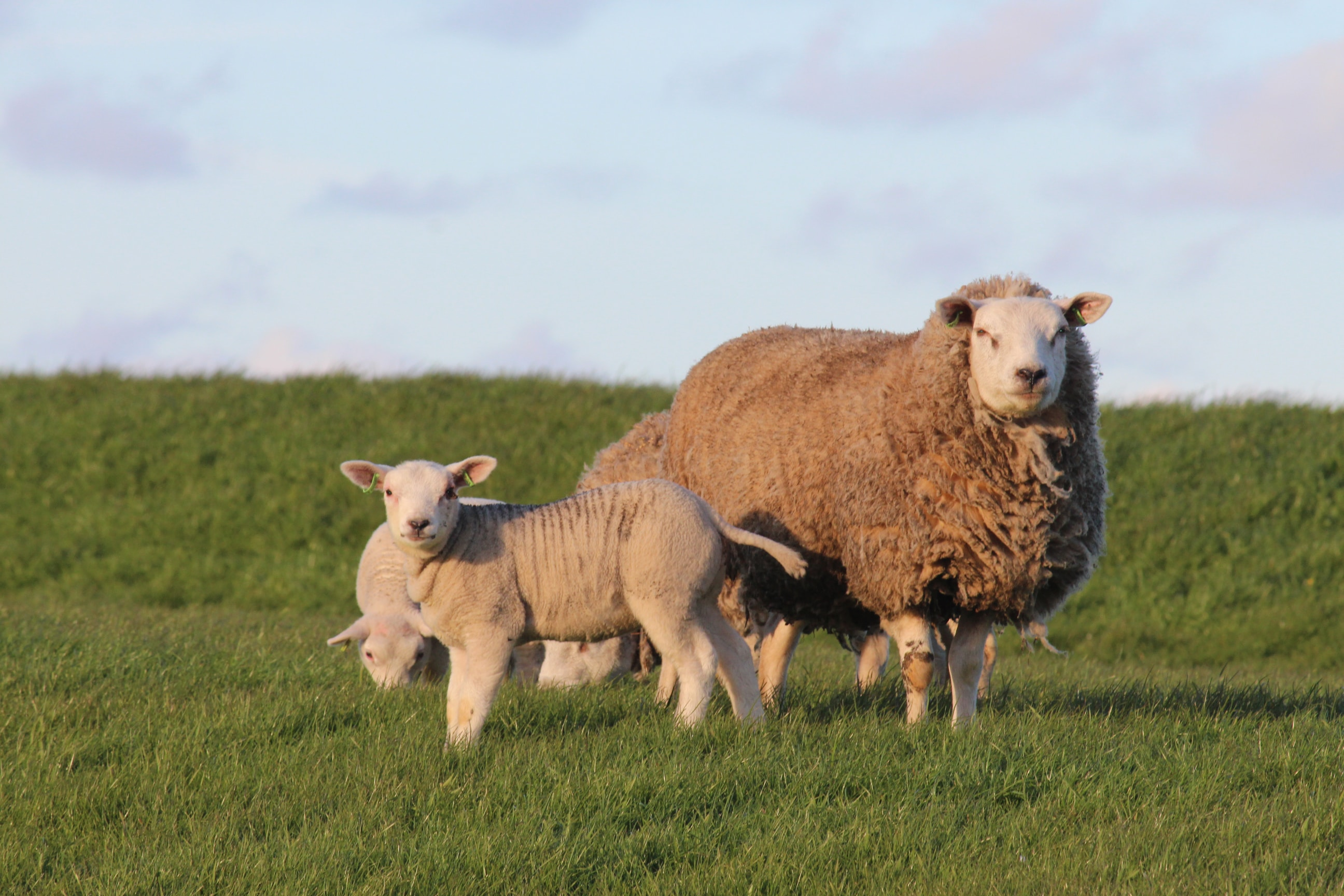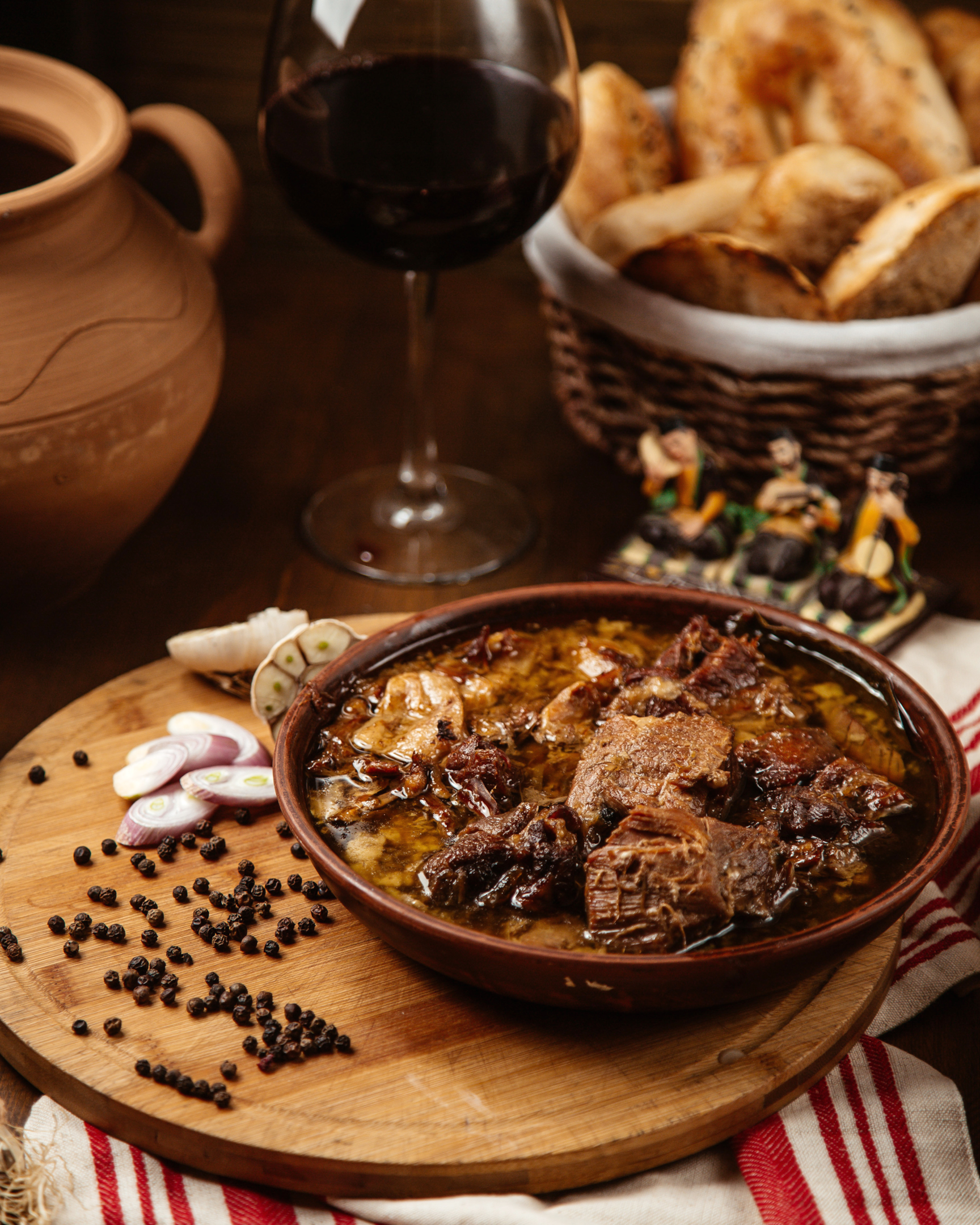Lamb Shoulder Recipes
Lamb meat is celebrated in numerous cultures for its tender texture and distinctive flavour, and it holds a special place in the hearts of food enthusiasts worldwide. Among its diverse cuts, the lamb shoulder and lamb leg are particularly esteemed, taking centre stage in many culinary traditions. And when it comes to choosing the best quality lamb, Scotch Lamb is guaranteed to impress every time.
Here, we will dive into the unique characteristics of lamb shoulder and explore a myriad of exciting recipes from incredible lamb roast dinners, to slow-cooked lamb shoulder recipes, and everything in between. Whether you are an accomplished chef, a budding foodie or an enthusiastic home cook, a deeper understanding of this amazing cut of meat will transform your next meal into a showstopper.
Scotland’s Commitment to Quality
Scotland, renowned for its rugged landscape and centuries-old history, is equally esteemed for its exceptional commitment to the red meat industry and its agricultural traditions. Nowhere is this dedication more evident than in the rearing of Scotch lamb. Here's what sets it apart:
1. Ethical Rearing Practices:
Central to Scotland's lamb production ethos is the assurance of ethically reared livestock. The sprawling Scottish highlands and lush pastures offer the animals a natural habitat, ensuring they live a healthy and free-range life. This not only upholds the highest standards of animal welfare but also results in meat that is superior in quality and taste.
2. Whole Chain Assurance:
Scotland's approach to lamb production isn't just confined to the rearing process. Whole chain assurance means that every step, from farm to butcher to fork, meets stringent quality and ethical standards. This holistic approach guarantees that the consumer receives a product that has been meticulously cared for at every stage.
3. Whole of Life Care:
Scottish farmers pride themselves on providing whole-of-life care for their livestock. This comprehensive approach to farming ensures that the lambs are not only well-fed but also receive medical attention, shelter, and humane treatment throughout their lives.
4. Promotion of Native Breeds:
Scotland actively promotes the breeding of native sheep varieties, preserving the unique genetic traits and flavour profiles of these breeds. This commitment to indigenous breeds also plays a role in conserving the country's rich biodiversity.
5. Sustainability & Environmental Stewardship:
Recognising the interconnectedness of agriculture and the environment, Scotch lamb producers have long adopted sustainable farming practices. These practices not only ensure a minimal environmental impact but also contribute to the conservation of Scotland's pristine landscapes.
6. Continuous Improvement & Research:
Investment in ongoing research ensures that Scotland's lamb production methods are cutting-edge. Whether it's adapting to climate change or introducing technological innovations in farming, Scotland remains at the forefront of agricultural excellence.

Scotland's commitment to quality encapsulates the pristine environment where the lambs graze, the stringent standards that guide their care, and ultimately, the unparalleled flavour profile and quality of the meat that graces tables worldwide. Scotch lamb symbolises a legacy of dedication, care and an unyielding commitment to excellence.
Understanding the Cut: Shoulder of Lamb
The lamb shoulder is located at the upper front part of the animal near the neck. It is a cut characterised by its marbling, bone structure and layers of muscle. Here's a closer look:
- Texture and Composition: The shoulder of lamb boasts a higher content of fat and connective tissue compared to some other cuts. This inherently marbled fat interspersed within the meat promises a rich, flavourful and juicy result when cooked right.
- Flavour Profile: The shoulder's complex combination of muscles combined with its fat content, ensures a deep, robust flavour. It is this rich taste that makes the shoulder of lamb so prized in so many lamb dishes worldwide.
- Versatility: The lamb shoulder's structure allows it to be butchered in various ways. It can be left on the bone for a traditional roast lamb shoulder recipe or deboned and rolled for recipes that ask for rolled boneless lamb shoulder, or diced for stews, casseroles and curries. Each method extracts a distinct texture and taste from this versatile cut.
- Ideal Cooking Methods: Due to its higher fat and connective tissue content, the lamb shoulder shines when subjected to various slow-cooking methods. Braising, stewing and slow roasting break down its tissues, rendering the meat succulently tender. In contrast, faster cooking methods might not allow the shoulder to reach its full potential in terms of texture.
- Cultural Significance: From the hearty stews of Ireland to the spiced curries of India, lamb shoulder has found its way into the heart of many traditional dishes. Its ability to absorb robust flavours and seasonings while retaining its intrinsic taste makes it a favourite worldwide.

The Versatility Lamb Shoulder
Whether you fancy a traditional slow-roasted lamb shoulder recipe, Moroccan tagine or smoked BBQ lamb recipe, there is a recipe to cater for every taste and every occasion. Here is a quick look at some favourite lamb shoulder recipes:
- Classic Roast Boneless Lamb Shoulder: A traditional British favourite, often seasoned with rosemary, garlic cloves, olive oil, salt and black pepper, and slow-roasted to perfection. It is delicious served with lamb gravy made out of the slowly released lamb juices and mint sauce.
- Mediterranean Lamb Shoulder with Olives and Lemons: Evoking the flavours of the Mediterranean, the lamb is seasoned with oregano, lemon zest, and olives, representing the cuisine of Greece and its neighbouring countries.
- Moroccan Lamb Shoulder Tagine: A rich and fragrant stew, infused with spices like cumin, coriander and saffron. Dried fruits and almonds are often added for a sweet and savoury balance.
- Indian Lamb Shoulder Curry: Slow-cooked in a spicy and aromatic curry sauce, this dish showcases the depth of Indian spices, including garam masala, turmeric and fenugreek.
- Middle Eastern Lamb Shoulder with Pomegranate and Sumac: Marinated with sumac, pomegranate molasses, and fresh herbs, this dish is often roasted or grilled and showcases flavours popular in countries like Lebanon and Syria.
- Mexican Lamb Barbacoa: Traditionally cooked in a pit, this tender meat preparation incorporates spices such as chipotle and oregano, and is often served with tortillas.
- French Lamb Shoulder Cassoulet: A hearty stew, the lamb is cooked slowly with white beans, sausage, and aromatic herbs, echoing the comfort foods of the French countryside.
- Italian Braised Lamb Shoulder with Tomatoes and Red Wine: Incorporating flavours like basil, red wine, and garlic, this dish is a testament to Italy’s love for simple and hearty meals.
- Vietnamese Lamb Shoulder Pho: A twist on the classic beef or chicken pho, this soup features thinly sliced lamb shoulder, rice noodles, and traditional pho spices, like star anise and cardamom.
- Ethiopian Lamb Shoulder Tibs: Cooked with spicy berbere seasoning, and often served with injera, this dish is a staple in Ethiopian cuisine.
- Australian BBQ Lamb Shoulder: Seasoned with herbs and grilled to perfection, this way of cooking lamb shoulder reflects Australia's love for barbecuing and outdoor cooking.
- Caribbean Lamb Shoulder with Jerk Spices: A spicy and smoky dish, marinated in a blend of allspice, Scotch bonnet peppers, and other seasonings, embodying the vibrant flavours of the sun-kissed Caribbean.

Lamb shoulder's versatility and adaptability are truly global. Whether slow-cooked, grilled, stewed, or roasted, this cut of meat is a canvas for flavours from all around the world.
Top Tips for Cooking Lamb Shoulder
There are a few meals more satisfying than a slow roast shoulder of lamb. But how do you ensure that the result is always absolutely delicious and finger-licking succulent meat? Here are some top tips to help you achieve the best results every time:
- Slow and Low: Due to its higher fat content and connective tissue, lamb shoulder benefits from slow cooking at a low temperature. This helps the meat become tender and allows the flavours to develop fully. Cover the meat with tin foil or use a slow cooker, clay pot or tagine.
- Marinate for Depth: A good marinade can enhance the natural flavours of the lamb shoulder. Ingredients like garlic, rosemary, lemon, and olive oil complement lamb meat beautifully. If time allows, marinating overnight can lead to even more pronounced flavours. If you like you can even score the skin with a sharp knife and stuff garlic gloves and rosemary in the incisions.
- Sear First: Before slow cooking, sear the lamb shoulder in a hot pan. This caramelises the exterior and renders the lamb fat adding a rich depth of flavour and a beautiful crust.
- Use a Meat Thermometer: To ensure your lamb shoulder is cooked to perfection, use a meat thermometer. For a medium roast, aim for an internal temperature of about 145°F (63°C).
- Rest Before Serving: Once cooked, let the lamb shoulder rest for at least 15-20 minutes before carving. This allows the juices to be redistributed, ensuring a moist meat.
- Natural Juices for Gravy: The juices collected in the roasting tray are packed with flavour. Use them as a base for making a delicious gravy or sauce to accompany your lamb. Red wine gravy complements lamb perfectly.
- Consider Bone-in: While boneless lamb shoulder is easier to carve, cooking with the bone-in can provide added flavour and keep the meat juicier during the cooking process.
- Remove Excess Fat: While lamb shoulder fat contributes to its flavour, you might want to trim off any excessive external fat to prevent it from becoming too greasy.

Armed with these tips, you will be well on your way to preparing a lamb shoulder that is not only delicious but also showcases this remarkable cut's potential. Whether you are serving it at a festive gathering or a simple family dinner, lamb shoulder, when cooked with care, is sure to impress.
Where Can I Find Scotch Lamb Near Me?
If you are looking for high-quality, locally sourced Scotch Lamb for your next celebratory meal or family roast, look no further than our user-friendly interactive map. Just enter your location and the map will pinpoint your nearest Scotch meat butcher or supplier and you will be cooking up a storm in no time!
Supporting Scottish Farmers
By choosing Scotch Lamb, you are also supporting our amazing local farmers who are dedicated to rearing animals to the best of their ability, carrying on time-honoured farming traditions for generations. Click on the map today and cook something truly special for your loved ones!
What's The Scotch Difference?
Let us take you on a journey into what makes Scotch Beef, Scotch Lamb and Specially Selected Pork so special, and how we produce such high-quality meat renowned and enjoyed worldwide.


- © MakeitScotch 2025
- Cookies
- Privacy
- Terms of Use
Site by Art Department
